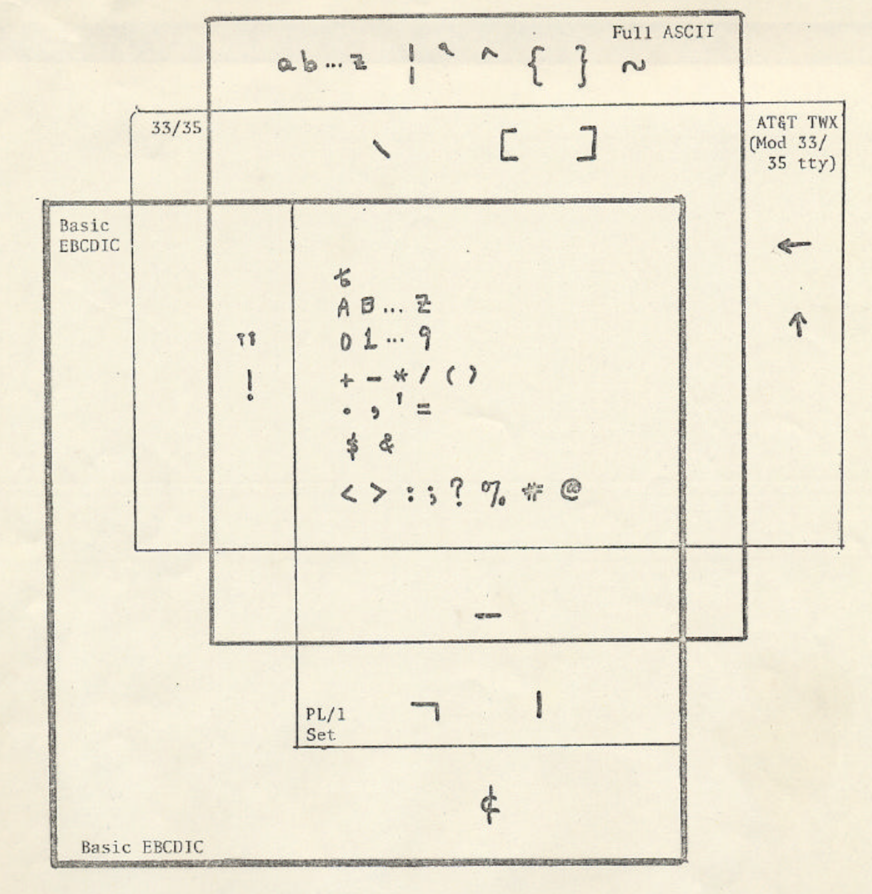RFC-345
by Darius Kazemi, December 11 2019
In 2019 I'm reading one RFC a day in chronological order starting from the very first one. More on this project here. There is a table of contents for all my RFC posts.
Let's share the cost
RFC-345 is titled “Interest in Mixed Integer Programming (MPSX on NIC 360/91 at CCN)”. It's authored by Karl C. Kelley of the University of Illinois and dated May 26, 1972.
The technical content
This RFC lets people know that the University of Illinois is considering purchasing IBM's Mathematical Programming System Extended (MSPX). The author wants to know if other people on the network would like this to be a shared network resource, in which case they could share the cost of the computer that they will be renting from IBM. The rental costs $130/month, which is $800/month in 2019 dollars.
Further reading
I'm not going to pretend to understand the intricacies of mixed-integer linear programming, or even plain old integer linear programming. Generally speaking this technique lets you put in a whole bunch of equations that describe constraints in a system and then it figures out optimizations for that system of equations. This lets you do things like come up with the most efficient possible schedule for dispatching police patrol cars in a big city, though when you're modeling human behavior like that you often miss important variables and your model doesn't actually reflect reality.
How to follow this blog
You can subscribe to this blog's RSS feed or if you're on a federated ActivityPub social network like Mastodon or Pleroma you can search for the user “@365-rfcs@write.as” and follow it there.
About me
I'm Darius Kazemi. I'm an independent technologist and artist. I do a lot of work on the decentralized web with ActivityPub, including a Node.js reference implementation, an RSS-to-ActivityPub converter, and a fork of Mastodon, called Hometown. You can support my work via my Patreon.
